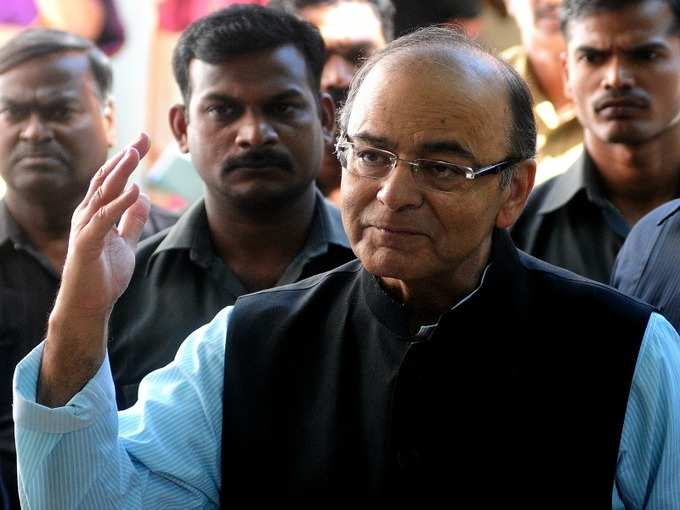 The budget for the year is slated to be presented on the last working day of February. This being a leap year the Budget is most likely to be a leap year budget as mentioned by the minister of state for finance (MOS- Finance), Jayant Sinha in a recent interaction with the Confederation for Indian Industry (CII). The question of a leap year is not so important, what is a more pertinent point at this juncture is whether this budget will help India take the leap into being an engine of growth for the world
The budget for the year is slated to be presented on the last working day of February. This being a leap year the Budget is most likely to be a leap year budget as mentioned by the minister of state for finance (MOS- Finance), Jayant Sinha in a recent interaction with the Confederation for Indian Industry (CII). The question of a leap year is not so important, what is a more pertinent point at this juncture is whether this budget will help India take the leap into being an engine of growth for the world Three important considerations that will have to been factored into the budget calculus of the government. These positions including those on consolidation versus the expansion debate, the position on how to deal with the international situation and the way on how to manage the domestic conditions are important at this juncture.
The first point on fiscal expansion versus consolidation can be thought of in the following manner. The argument is basically about whether India should spend more on public
Some economists opine that the deficits should be given a slip since the government stands to gain from the global commodity price collapse. Also, since the private sector at present seems a bit stressed and rather pessimistic to invest it is important for India to go for public spending especially in public works that can help in growth later on. These include highways, irrigation, etc. A more radical form of this view is to do away the deficit targets completely as these are mandated by the Fiscal Responsibility and Budgetary Management Act, 2003 and don't reflect the realities now. Governments should mandate its responsibilities according to the realities of the present rather than a pre-determined deficit figures.
Contrary to this view of fiscal expansion is another view of fiscal consolidation. This view talks about the quality of governance and fixes accountability and also targets as not doing this for the second year in a row amid low commodity prices can give a signal that the government is not serious about keeping its targets. Raghuram Rajan, the present RBI governor, has said recently in a lecture at NCAER that the government must not overspend as international experience with Brazil suggests that a country must not pursue aggressive policies at the cost of macroeconomic stability.
Also, the returns to investment or the multiplier does not seem to be as high as investments, and this is where the public investment argument for growth seems flawed in the context of India. Both the arguments seem sound however from a macroeconomic viewpoint this year's budget should bat for macroeconomic stability.
The issue of macroeconomic stability brings to another related point about the international situation. The growth of the world economy is expected to be modest at best as pointed by several reports from the IMF, OECD, ADB and the World Bank.
Commodity exporters like Brazil, Russia as well as countries like China, Japan and the whole of Europe seem to be in a bit of a rough weather, but America seems to be moving towards a normalisation of interest rates. The situation for Indian exports is not going to improve drastically as in value terms there is shrinkage in exports. This is where the budget has to look at how to allocate resources here to prevent the slide that is being witnessed in the export figures. Another factor that seems to be a concern at an international level is FPI outflows as well as concerns on Fed hike as well as protecting the rupee. The government must be factoring in all the potential sources of volatility while framing the budget.
The third important consideration pertains to the management of domestic resources and domestic factors. These include public resources like coal and spectrum as well as stakes in public enterprises as well as reducing the stressed assets in public sector banks, etc. Another feature is on the agricultural side where two successive deficit years have put added pressure on the government to look at structural solutions to the dependence of Indian agriculture on monsoon. This again brings us to spending on public irrigation works by the government.
These are important factors that must be reconciled with much foresight and wisdom. At the end of the month, the country will know whether India can hope to take the leap.
(The article is co-authored with Sankalp Sharma, Senior Researcher at the Institute for Competitiveness, India. Amit Kapoor is Chair, Institute for Competitiveness & Editor of Thinkers. The views expressed are personal. He can be reached at amit.kapoor@competitiveness.in and tweets @kautiliya)